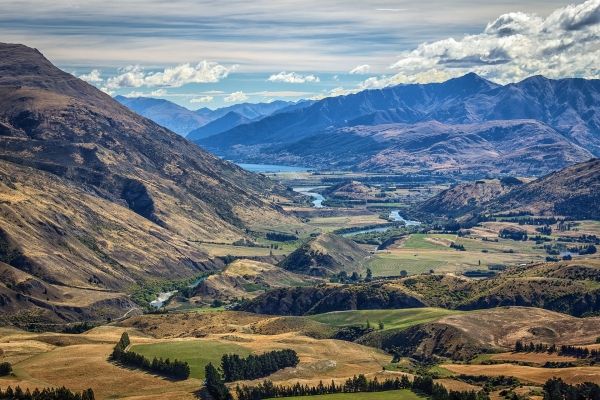A rupture along the full length of the fast-slipping Alpine Fault on New Zealand’s South Island poses the largest potential seismic threat to the southern and central parts of the country. But new evidence of a 19th century earthquake indicates that in at least one portion of the fault, smaller earthquakes may occur in between such large rupture events.
The findings published in the Bulletin of the Seismological Society of America suggest that some places along the fault, particularly around the towns of Hokitika and Greymouth, could experience strong ground shaking from Alpine fault earthquakes more often than previously thought.
The best paleoseismic evidence to date suggests the southern and central sections of the Alpine Fault, at the boundary separating the Australian and Pacific tectonic plates, typically rupture during very large full-section earthquakes of magnitude 7.7 or larger. The last such earthquake took place in 1717.
Read more: Seismological Society of America
Photo Credit: holgerheinze0 via Pixabay


